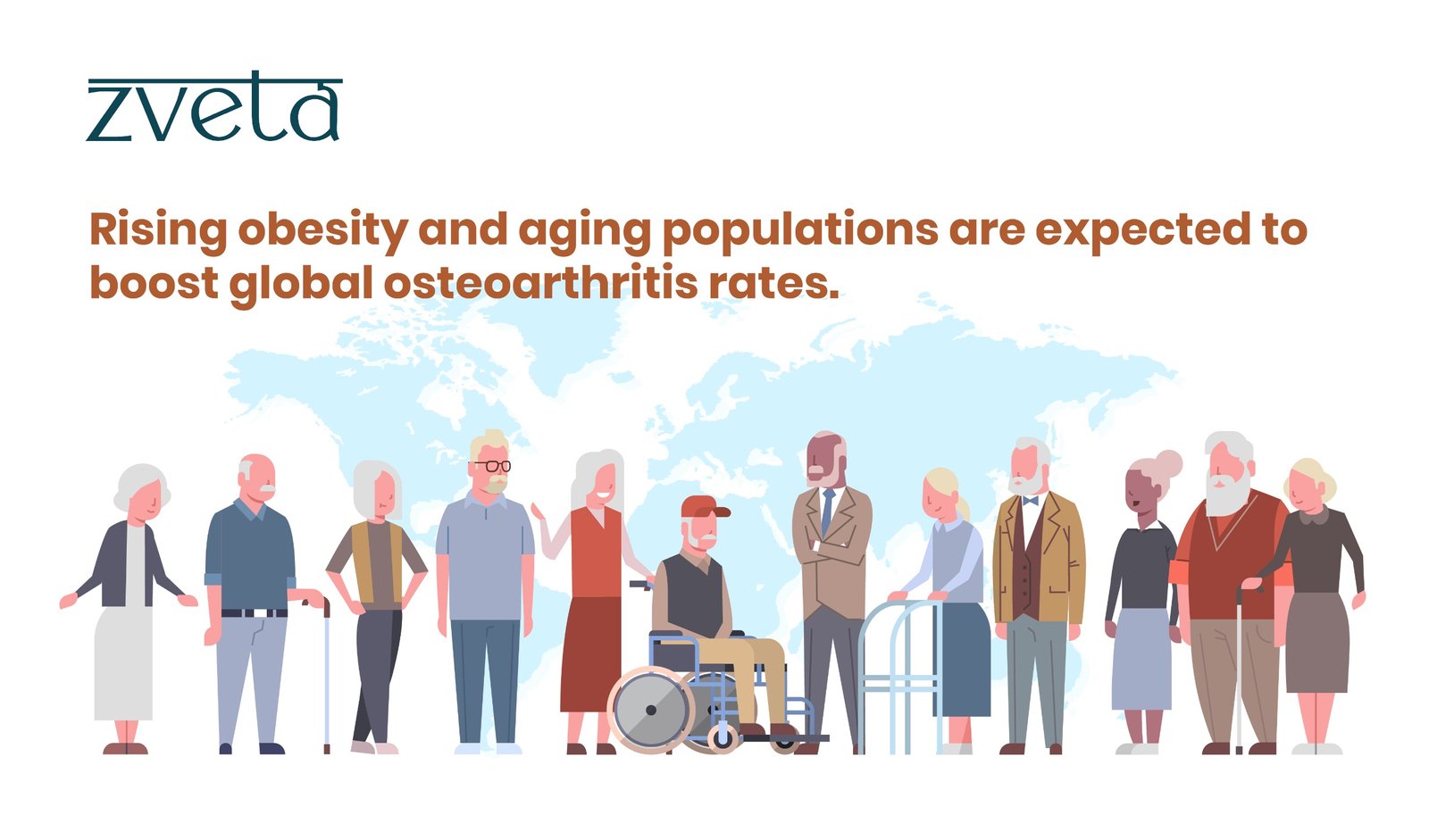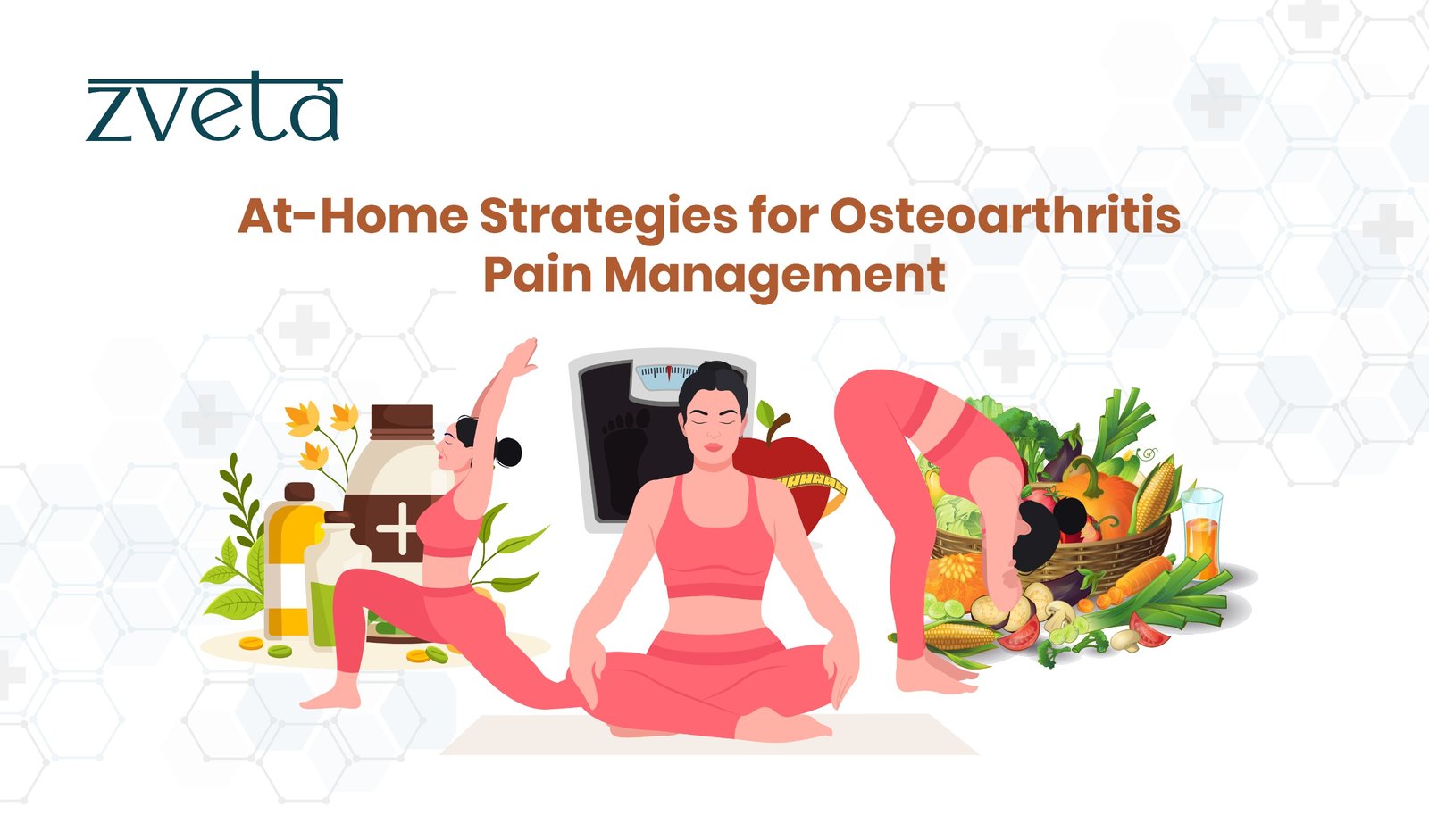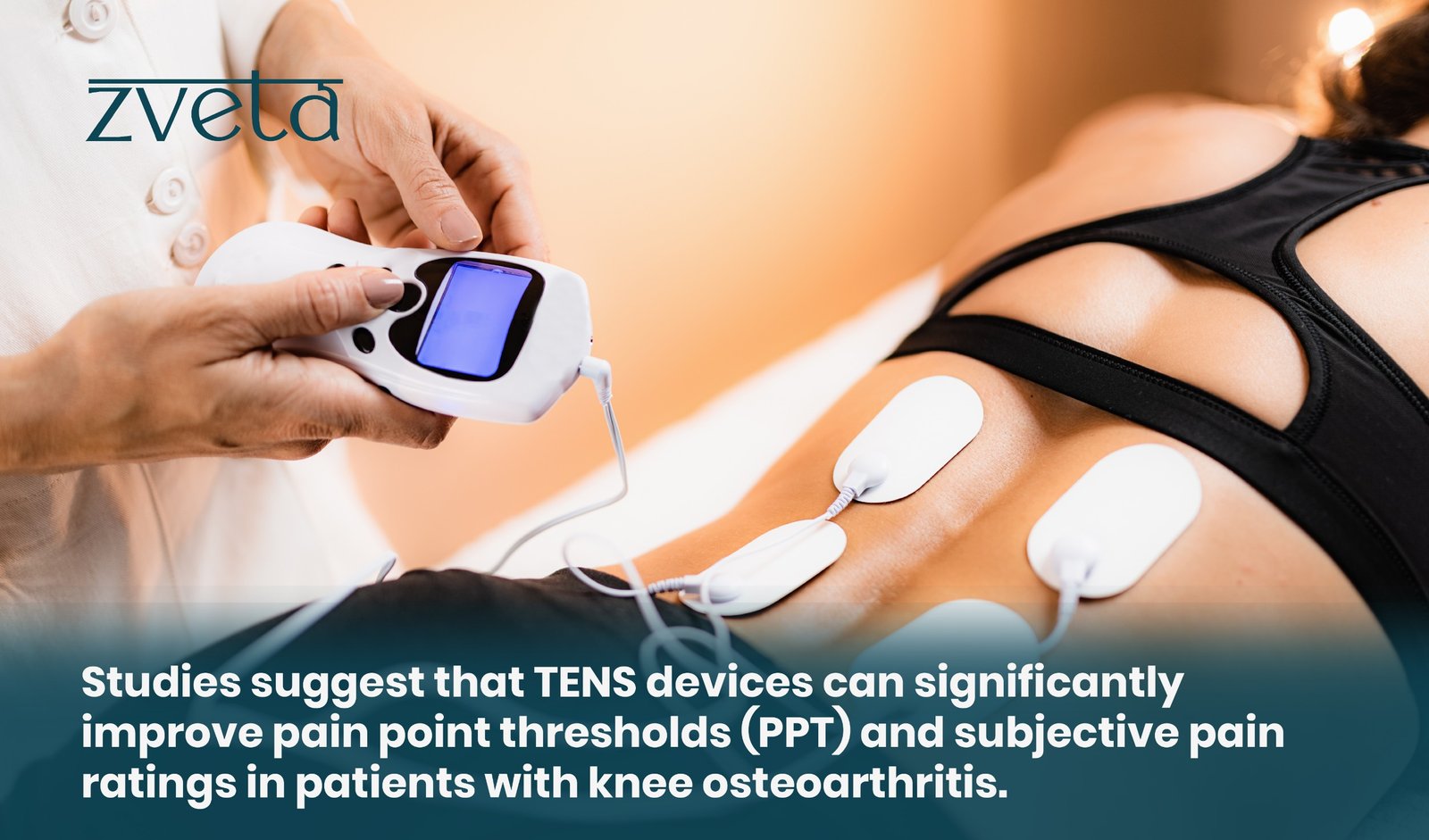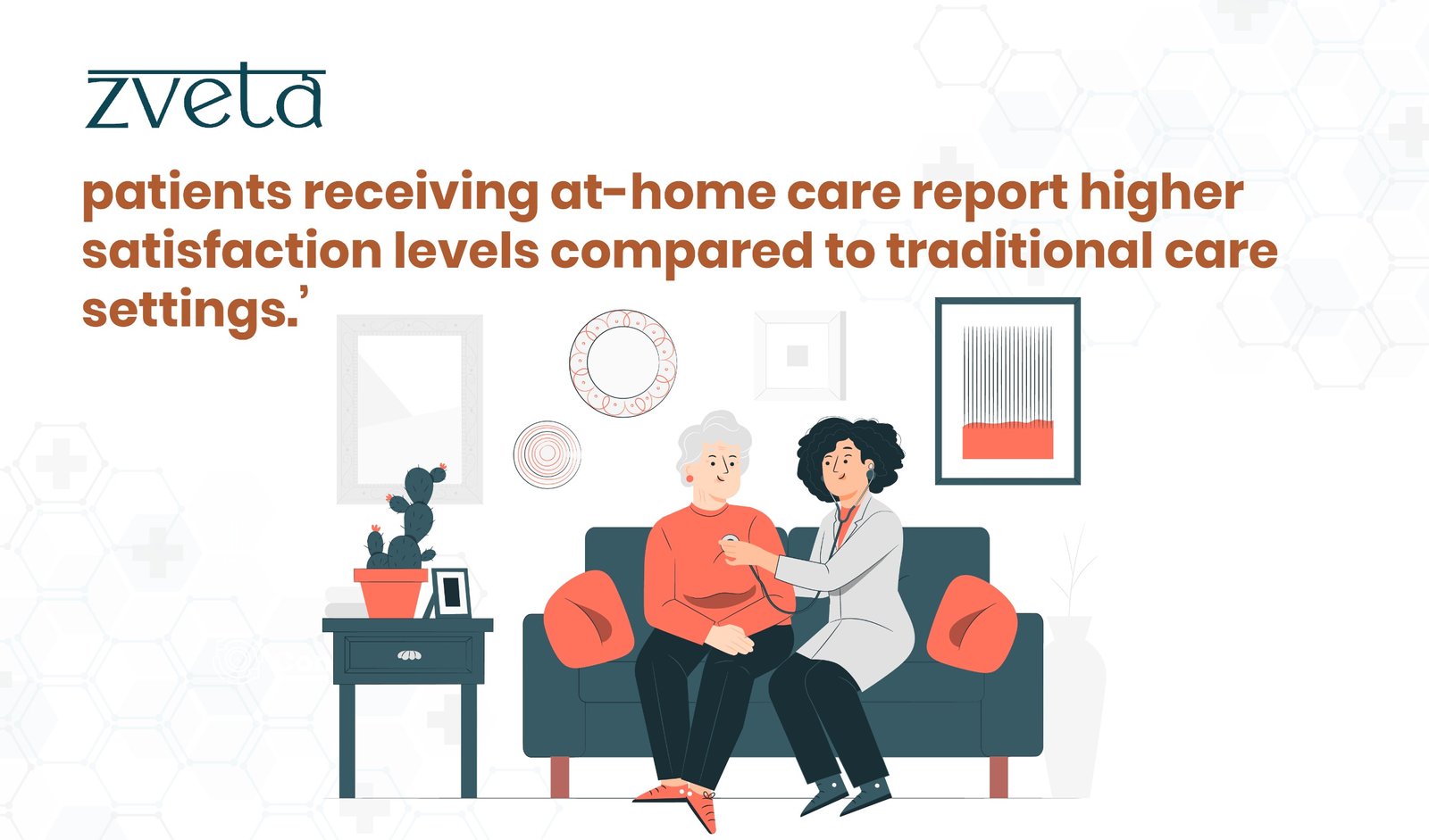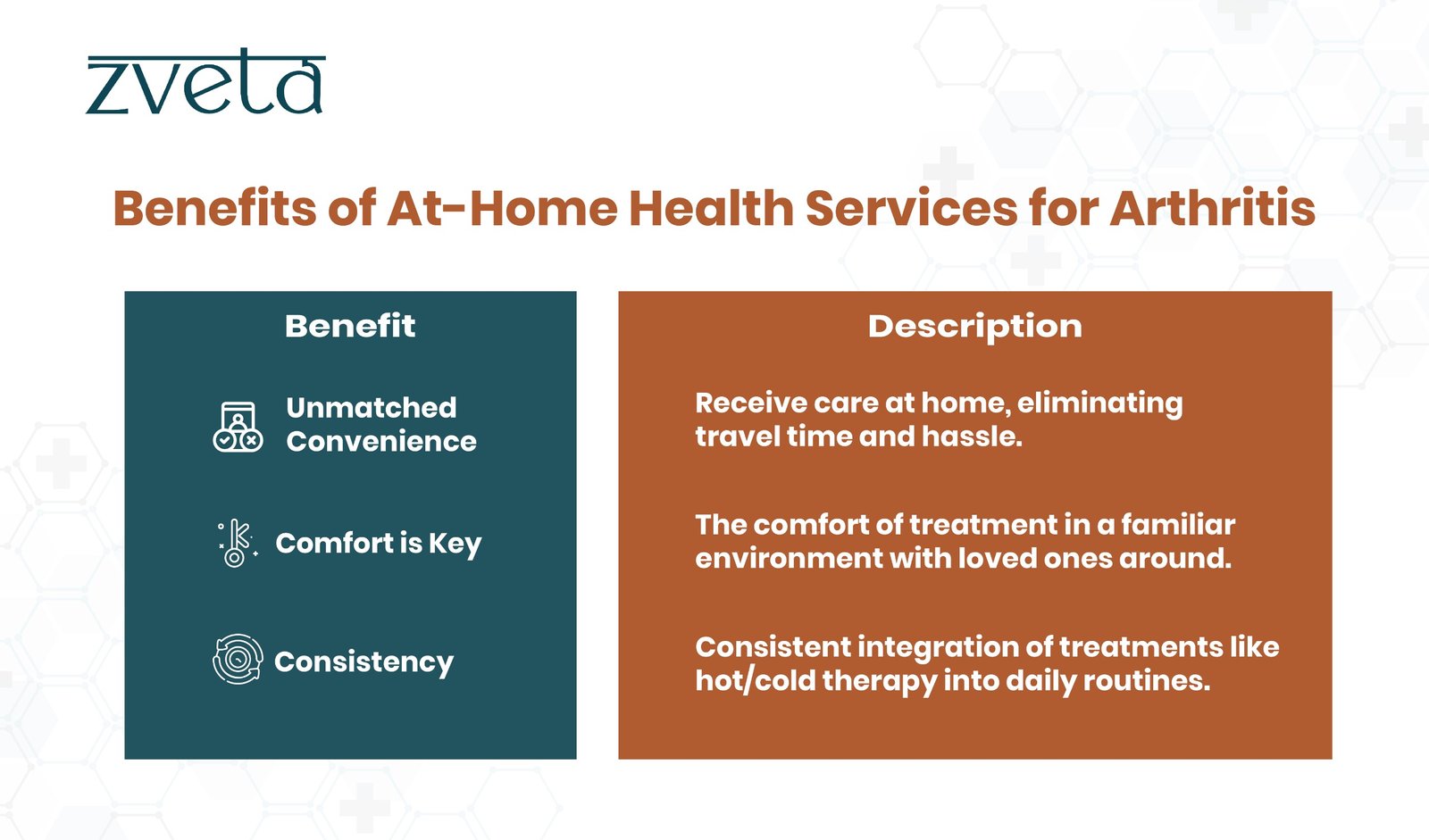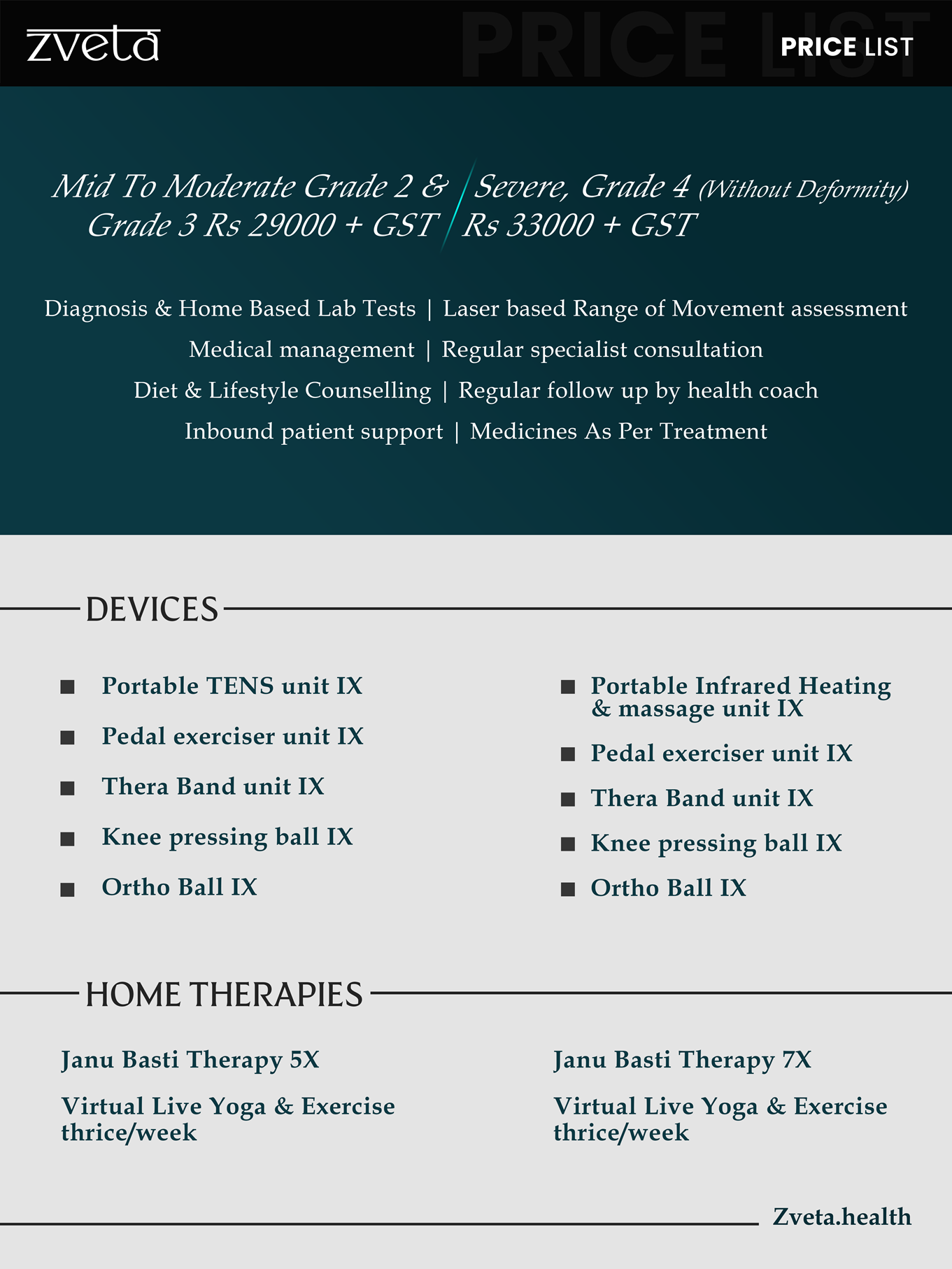Ergonomics and Posture in the Age of Automation
The digital revolution has transformed the global landscape, but a hidden cost lurks beneath the surface.
A silent epidemic is gripping the modern workforce – a battle against the very tools that empower us.
Do you know, Indians, on average, spend a staggering 40 hours per week glued to digital screens for work purposes, according to NASSCOM’s ‘Work From Home’ Survey? This prolonged exposure, often in poorly designed workstations, wreaks havoc on posture.
The ramifications are severe. A study published by the Indian Journal of Community Medicine estimated that up to 60% of office workers in India experience musculoskeletal disorders or MSDs due to poor ergonomics. These aren’t just aches and pains; MSDs can significantly impact productivity, lead to absenteeism, and drive up healthcare costs.
Ergonomics and posture are not mere buzzwords; they are the foundation for a thriving future where technology enhances, not undermines, potential.
By prioritizing these aspects, we can build a workforce that is not only productive but also healthy and resilient.
Beyond Comfort. What’s The Science of Sustainable Performance?
Ergonomics is more than just sinking into a plush chair.
It’s a data-driven science that analyzes the intricate relationship between the human body and the technology we interact with. By delving into the fascinating world of biomechanics, ergonomics allows us to design workstations that mimic our natural posture and movements. This isn’t just about aesthetics; it’s about preventing a growing epidemic – Musculoskeletal Disorders (MSDs).
MSDs are a silent threat plaguing the modern workforce, as clear from the alarming statistic above. These aren’t just aches and niggles; MSDs can manifest as chronic pain, limited mobility, and even nerve damage. The consequences are far-reaching, impacting not just individual well-being but also organizational productivity.
Here’s how ergonomics tackles this challenge:
- Reduced Stress and Strain: By aligning workstations with our natural posture, ergonomics minimizes stress on muscles, tendons, and joints. This translates to a significant reduction in pain and discomfort, allowing employees to focus on their work without physical limitations.
- Improved Blood Flow and Circulation: Ergonomically designed workstations promote proper posture, which in turn improves blood flow throughout the body. This enhanced circulation delivers vital oxygen and nutrients to muscles and tissues, boosting energy levels and reducing fatigue.
- Enhanced Cognitive Function: Studies have shown a direct link between good posture and cognitive performance. Ergonomics, by promoting proper alignment, may improve focus, concentration, and even decision-making abilities.
The benefits extend beyond the individual. By prioritizing ergonomics, organizations can create a healthier and happier workforce. This translates to:
- Increased Productivity: Reduced pain and discomfort lead to a more engaged and productive workforce. Employees can focus on their tasks with minimal physical distractions.
- Reduced Absenteeism: MSDs are a major contributor to employee absenteeism. Ergonomics can significantly lower healthcare costs associated with MSDs, leading to substantial financial savings for organizations.
- Improved Employee Morale: A comfortable and healthy work environment fosters a sense of well-being and employee satisfaction, leading to higher morale and improved company culture.
Posture: The Unsung Pillar of Health?
Proper posture is the cornerstone of ergonomics. It ensures optimal alignment of the spine, reducing stress on muscles and joints. Imagine a building – poor posture is a foundation riddled with cracks. It may hold for a while, but eventually, the strain becomes unsustainable. Conversely, good posture is a sturdy foundation that allows the body to function at its peak, boosting energy levels, focus, and overall well-being.
The Ripple Effect: From Individual to Organizational Success
The benefits of ergonomics and posture extend far beyond the individual. Studies have shown a direct correlation between ergonomic workplaces and increased productivity, reduced absenteeism, and improved employee morale. Companies that prioritize ergonomics create a healthier, happier workforce, ultimately positioning themselves for long-term success.
An Urgent Call to Action. How Do We Redesign the Future of Work?
The good news is that ergonomic solutions are not some futuristic fantasy. Adjustable chairs, ergonomic keyboards, and proper workstation setups are readily available. These are no longer luxuries, but essential investments in the health and well-being of your workforce.
The current reactive approach to employee health, where companies only address issues after they arise, needs to be replaced with a proactive strategy. Here’s how we can redesign the future of work:
- Integrate Ergonomics into Company Culture: Ergonomics should not be an afterthought. Organizations must make it a core value, actively promoting awareness and education about the importance of proper posture and workstation setup.
- Invest in Ergonomic Workstations: Providing adjustable chairs, ergonomic keyboards, and monitor stands demonstrates a commitment to employee well-being. These investments not only pay off in terms of employee health but also contribute to a more productive and engaged workforce.
- Encourage Movement Breaks: Prolonged sitting is detrimental to health. Organizations can promote regular movement breaks throughout the workday, encouraging employees to stretch, walk around, or take short exercise breaks.
By taking these steps, we can create a work environment where technology empowers us to achieve our full potential, without compromising our health and well-being. This proactive approach signifies a commitment to a sustainable future, one where humans and technology work in harmony, driving innovation and success for both individuals and organizations.
Investing in Ergonomics: A Catalyst for Transformation
Ergonomics and posture are not simply about short-term comfort; they are a strategic investment in human capital. By prioritizing these often-overlooked aspects, we can transform workplaces into environments that foster not just productivity, but also long-term health and well-being. Let’s move beyond the quick fixes and embrace ergonomics as a cornerstone of a thriving, sustainable future for both individuals and organizations. The time to act is now, before the silent threat of poor ergonomics cripples our potential.



